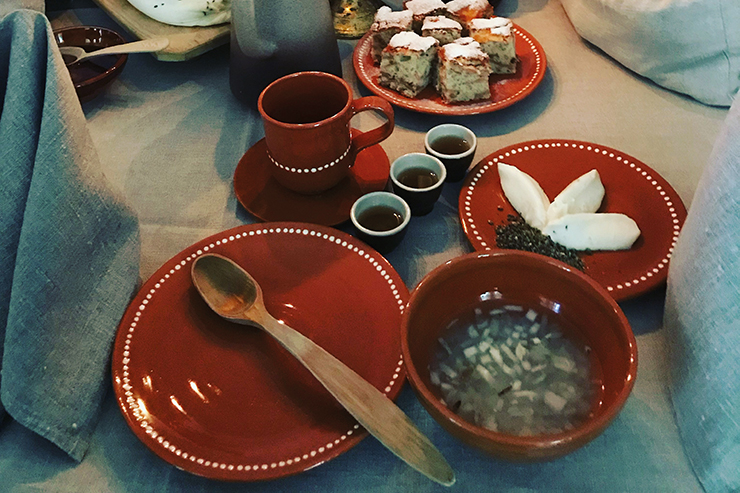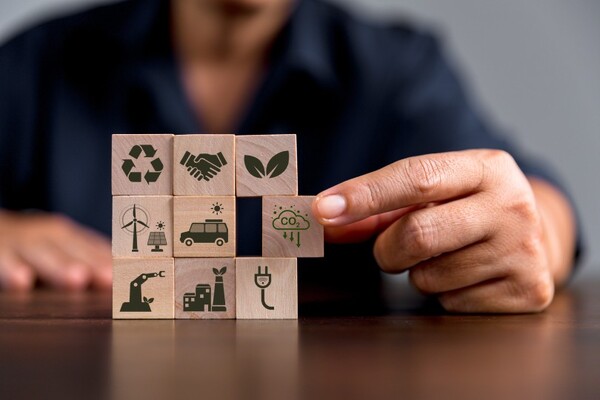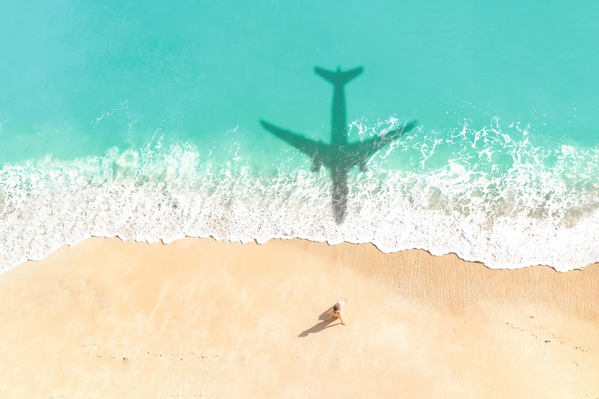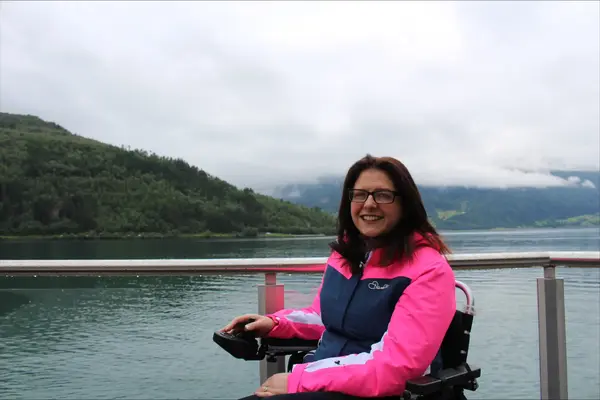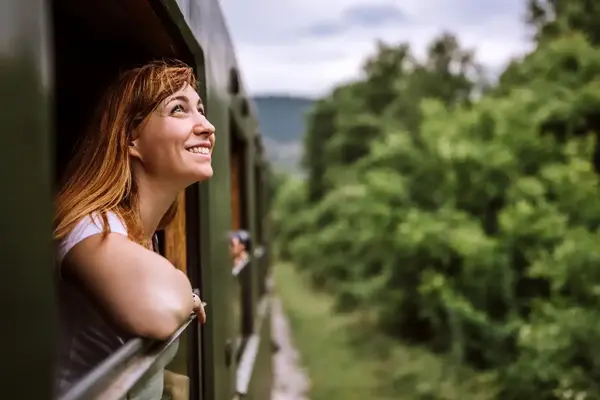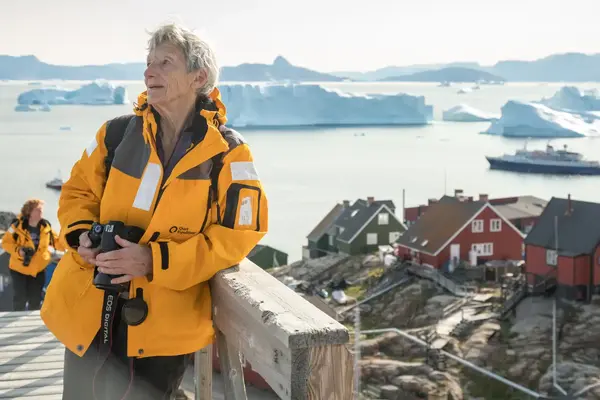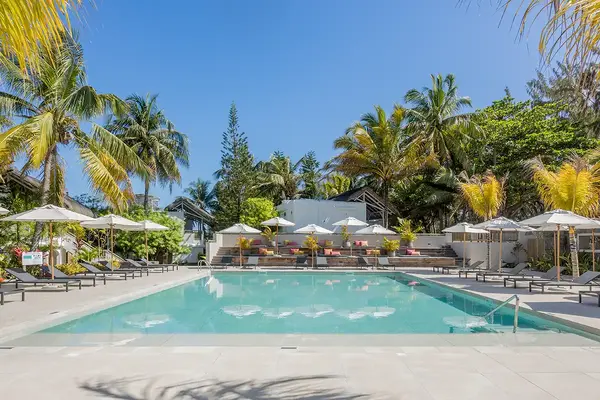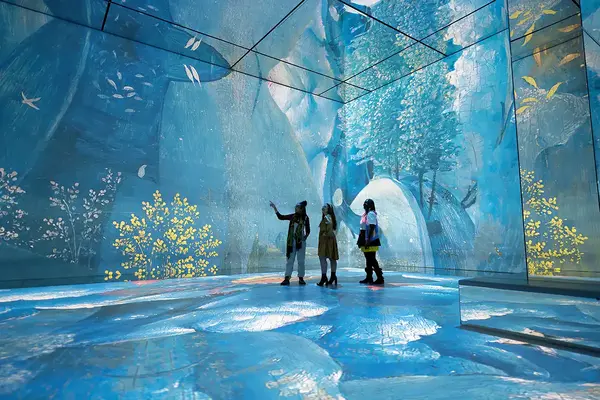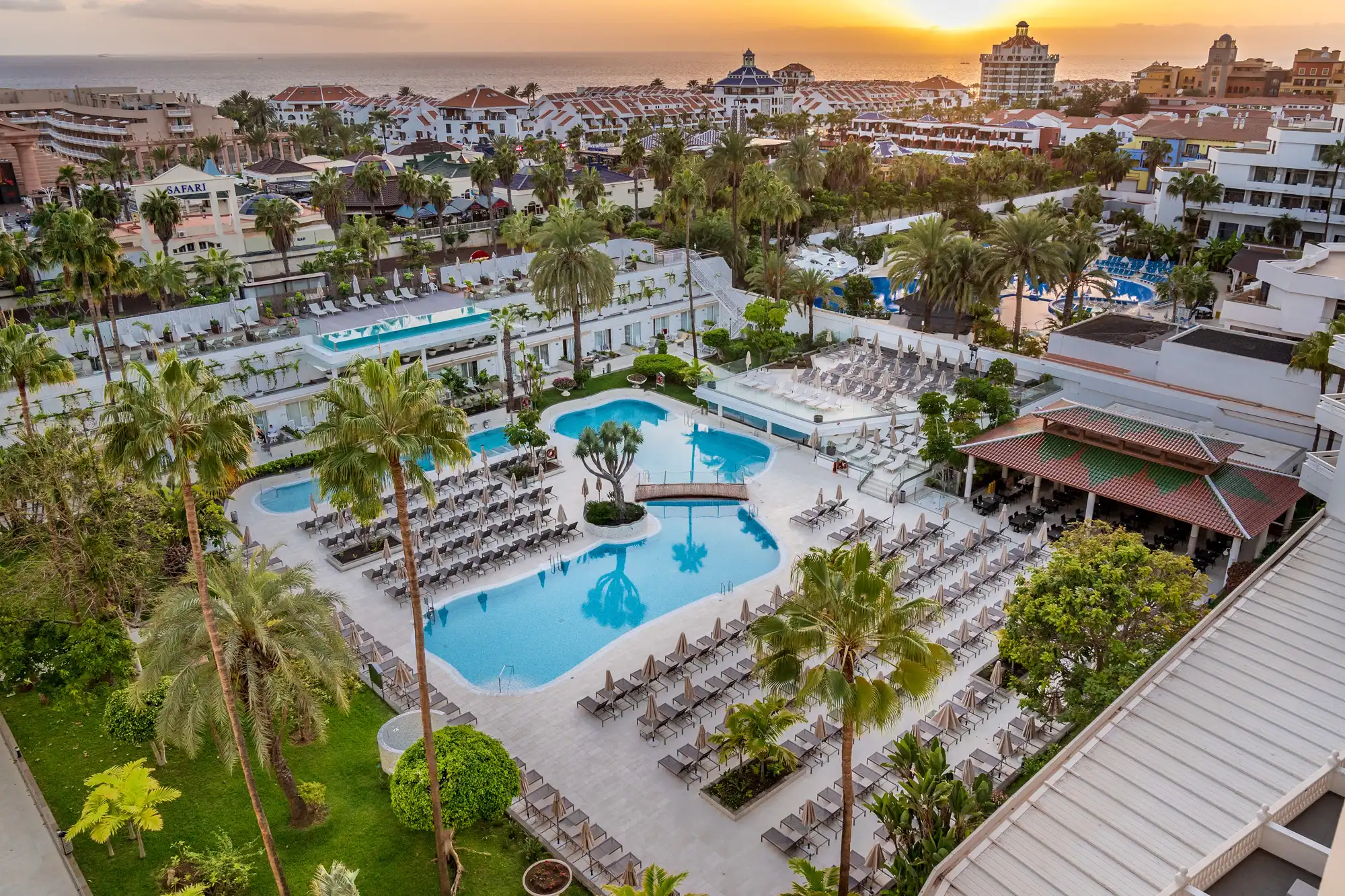Indulging in Lithuania's quirky charms
For a nation that was under Soviet occupation until 1990, Lithuania has emerged as an idiosyncratic touring destination, holding plenty of appeal for culture vultures with a penchant for food, finds Madeleine Barber.
As a colourful floral cloth is draped across my shoulders, over my face and on to the tabletop, I lose sight of my fellow diners and am instead faced by a whole roast quail bathing in a sweet baby onion and cream sauce.
My glasses fog up from the heat of the meal but I can’t pause to clear them because my hands are preoccupied with the task of tearing the bird into bite-size pieces.
Eating in such a way, so the waitress tells me, is in line with how the upper class behaved at dinner parties before cutlery was invented; the cloth used to conceal dining by hand, which was deemed unrefined.
This unusual meal is taking place in Rusne, a low-lying Lithuanian town located near the country’s Baltic coast, close to the Curonian lagoon and the Russian border. A four-hour drive away from Vilnius, the capital, it’s a rural destination that is suited to touring breaks, and it’s the last stop on mine.
“Tours are necessary to showcase what we can offer in comparison to the other Baltic countries,” says Monika Pocikovskyte, the chief specialist for Spain and the UK at Lithuania’s State Department of Tourism. “If you want to see rural Lithuania, it’s best to travel with an operator.”
The Baltic country’s pine forests, expansive lakes and wildlife-rich marshes are only two-and-a-half hours away from the UK by plane, and top touring options are offered by the likes of Baltic Holidays, Regent Holidays and Cox & Kings. Pocikovskyte puts a 10% year-on-year increase in tourist numbers down to promotional campaigns and an increase in digital marketing but wants to change the type of tourist that is visiting Lithuania.
"We welcome families, solo travellers and young couples from Poland, Ukraine, Belarus, Italy and Spain,” she says. “But from the UK we mainly receive young men on their stag dos. Our dream for the UK is to increase the number of middle-aged tourists.”
Improving relationships with travel agents and tour operators is something that Pocikovskyte is keen to work on, adding: “The trade is strong from the UK and it’s very important.”
She tells me that 66% of the 66,000 holidaymakers travelling from the UK each year book via travel agents, and the majority opt for a two- or three-night city break in Vilnius before moving on to Latvia or Estonia. Yet spending this little time in Lithuania would be an error, as I come to learn during my tour.
Cultural quirks
Lithuania’s chequered history is ingrained in every nook and cranny, from the regal Russian churches and pagan architecture of Vilnius to the seemingly peaceful Samogitian national park, which houses a once top-secret Soviet nuclear missile base, complete with silos and propaganda material. It’s now been converted into a Cold War museum.
This year marks Lithuania’s 100th anniversary of independence, a century during which it has undergone 50 years of Soviet occupation (1940-1990) yet successfully maintained a unique sense of identity. Part of this identity, I discover 70 miles north of Vilnius, in Anyksciai, has evolved from Scandinavian culture.
A popular after-dinner activity across Scandinavia and Lithuania is sweating it out in a steam sauna before taking a brave leap into a freshwater lake. The water that I find myself immersed in at 11pm during a not-yet-warm spring evening is a fresh 2C. And yet, when I emerge, my body feels warm and my pores are tingling.
The bravery I manage to muster up probably has something to do with the “samane” served during dinner at the traditional homestead I’m sleeping in. This homemade vodka “from the forest” is swallowed in a swift shot to cries of “I sveikata!”, meaning “cheers”.
During the day, Anyksciai offers visitors a treetop walking path though the pines, a panoramic viewing tower, a self-powered roller coaster at Kalita Hill, go-karting, horse riding, skiing and a selection of museums – and yet the region still only hosts 3% of overnights in the country.
Unique flavours
Another underrated element of Lithuania is its culinary experiences.
For luxury travellers, Vilnius provides a plethora of elegant dining options, one example being Ertlio Namas restaurant, which serves modern dishes deserving of a Michelin star.
Then there are the rustic options that introduce unusual ingredients to my palate. At Pakruojis Manor Miller’s House Hotel – just under a two-hour, pine-tree-fringed drive from Anyksciai – I wash down pancakes made with cannabis (the inactive kind!) with three types of locally brewed beer and enjoy a Sunday lunch of roast chicken with onions, apples and horseradish mash. It’s a curious combination that works surprisingly well.
Other new tastes for me include “gira”, a drink made from rye bread, yeast and sugar; and deep-fried pike fish, which I eat on a traditional trade boat sailing across the windy Curonian lagoon.
Then we make a stop at Kniaupo Bay for an hour or so of birdwatching – I spot chiffchaffs, greylag geese and a kingfisher. In the afternoon, in the small fishing village of Minija not far from Rusne, a local fisherman’s wife cooks a traditional carp soup with potatoes, carrots and onions – it’s a simple, flavoursome dish, and one I become rather fond of.
Food for thought
Another epicurean highlight is trying Gintaro Sino fruit wines, made from apples, blueberries, raspberries and blackcurrants.
During the tasting session at Tarp Liepu homestead in Anyksciai, I learn that the region was only granted a licence to produce the wines in 2013, and the distilleries don’t export a single drop.
During my tour of Lithuania, I lose count of the unique food and homemade drinks that I know I’ll never find in any other country. The most memorable is a nameless spirit fermented from rye bread extract, oak tree sap and local herbs. It’s presented to me at Pas Tevukus homestead on the tranquil shores of Lake Berzoras in Plunge, which is part of the Samogitian national park.
Here, I’m sitting down to a traditionally lower-class Samogitian dinner that begins with three shots of the spirit: “One to relax the throat, one to relax the chest and one to relax the stomach,” my host explains.
The meal is educational, teaching me about Lithuanian prayer, customs and values as well as the country’s time-honoured ingredients such as potatoes, sour cream and milk mixtures, and cold herring soup made with onions and lots of garlic.
I note that this dining tradition must be from a later time than the “quail under a cloth” ritual, as I’m allowed to use cutlery to eat this meal, even if it is a cumbersome, hand-carved wooden spoon inherent of olde worlde Lithuania.
As my trip comes to an end, I look back on the breadth of cultural and historical knowledge that Lithuania’s local delicacies have taught me – each destination bringing something different to the table both literally and metaphorically; a pleasure that only a tour can provide.
Book it: Baltic Holidays offers a nine-night trip visiting Vilnius, Anyksciai and Samogitian national park for £1,007pp, including homestead accommodation, sauna experiences and private transfers.



